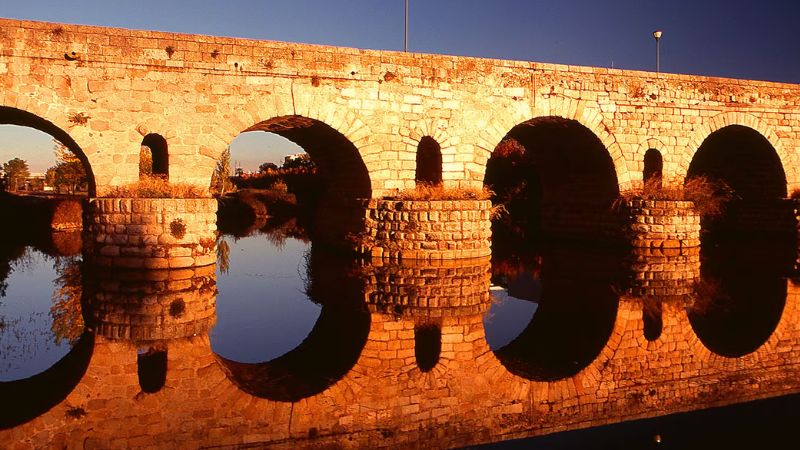
Located on Vía de la Plata Avenue, the Roman Bridge over the Albarregas is an architectural gem of the city of Mérida. Built in the 1st century BC, it stands not only as an outstanding example of Roman engineering but also as a vital pathway that has connected generations of citizens throughout the centuries. We delve into the rich history, architectural design, and cultural value of this monument.
History: An Augustan Monument
The bridge was constructed during the era of the Roman Emperor Augustus, as part of the original urban plan of the ancient city of Emérita Augusta, now known as Mérida.
In its time, it was a key crossing for the Vía de la Plata, a significant roadway linking Mérida with Astorga, to the north of the Iberian Peninsula. Essential to life in ancient Mérida, the bridge facilitated both trade and military movement.
Architectural Design: An Enduring Structure

The bridge boasts four semicircular arches made with ashlar masonry granite, a typical decoration of the Augustan era.
Spanning 145 meters in length, nearly 8 meters in width, and an original average height of 6.5 meters, the bridge was designed for heavy traffic, even accommodating the simultaneous passage of two chariots.
Although the current parapet is not an original Roman work, it’s believed to have been added in the 19th century, during the construction of the Cáceres road.
Historical and Cultural Relevance
The bridge has witnessed Mérida’s evolution since its foundation and continues to stand as a living testament to the city’s grandeur.
As an integral part of the archaeological ensemble of Mérida, it has been recognized as a UNESCO World Heritage Site.
Moreover, the bridge is situated parallel to the Acueducto de los Milagros, adding even more historical significance.
Current State and Access
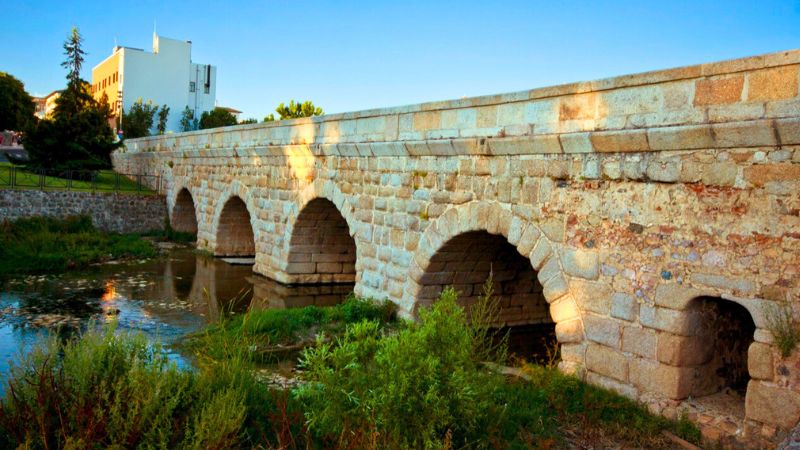
Despite changes and repairs over the centuries, the Roman Bridge over the Albarregas remains one of the most well-preserved structures of its kind.
Today, it’s pedestrian-only and offers a unique connection between the past and present.
For visitors, the bridge is accessible year-round and doesn’t require an entrance fee, as it’s outside the main archaeological enclosure.
Why Visit the Bridge over the Albarregas?
This bridge isn’t just a historical monument; it’s an architectural masterpiece that has stood the test of time.
Its durability and timeless design make it a point of interest for anyone passionate about ancient history, architecture, or engineering.
Furthermore, its proximity to other significant Mérida landmarks makes it an essential stop for any tourist itinerary.
More of Merida’s historical heritage
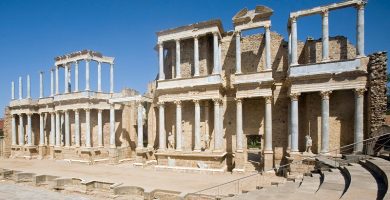
Roman Theater of Merida

Mérida Roman Amphitheater
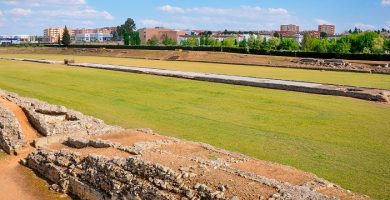
Roman Circus of Merida
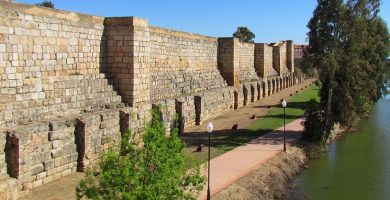
Moorish Alcazaba of Merida
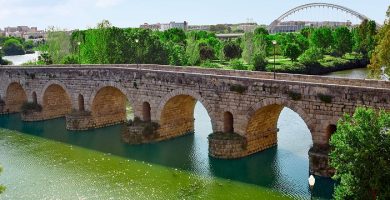
Roman Bridge of Merida over the Guadiana river

Co-cathedral of Santa María la Mayor of Mérida

Los Milagros de Merida Aqueduct
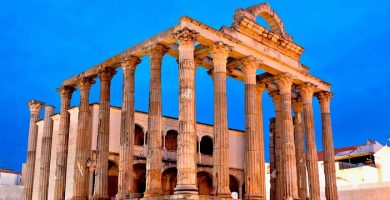
Roman Temple of Diana in Mérida
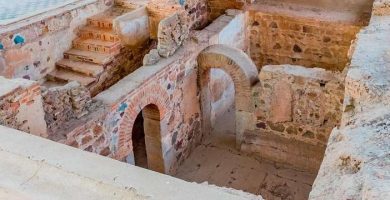
Casa del Mitreo House in Mérida
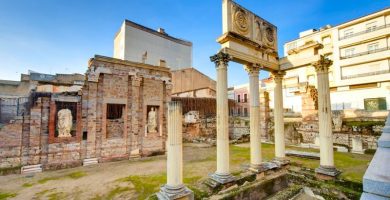
Portico of Merida’s Municipal Forum
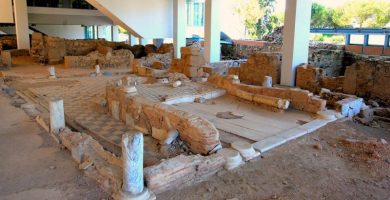
Morería de Mérida Archaeological Site
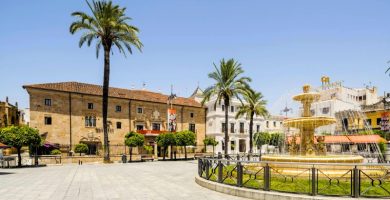
Plaza de España in Mérida
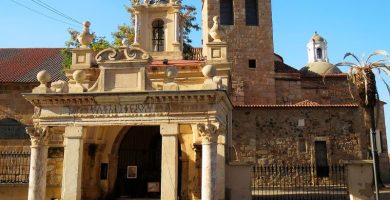
Basilica of Santa Eulalia in Mérida
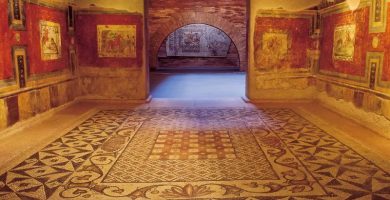
National Museum of Roman Art of Mérida
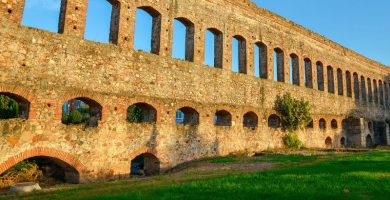
San Lázaro Aqueduct in Mérida
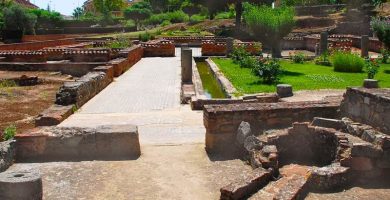
Merida Amphitheater House
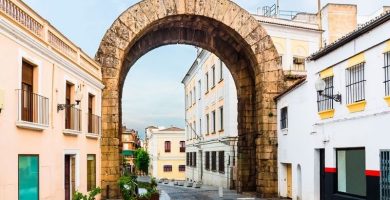
Trajan’s Arch of Mérida
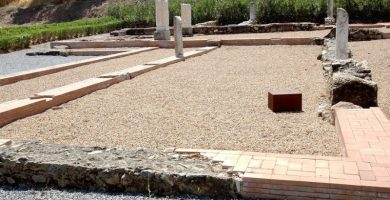
Mérida’s Xenodoquium
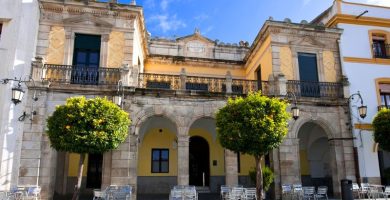
Círculo Emeritense in Mérida

Mérida City Hall
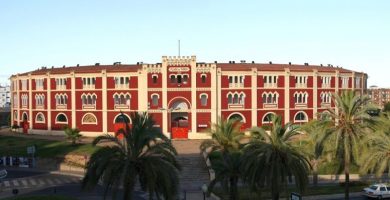
Bullring of Mérida
